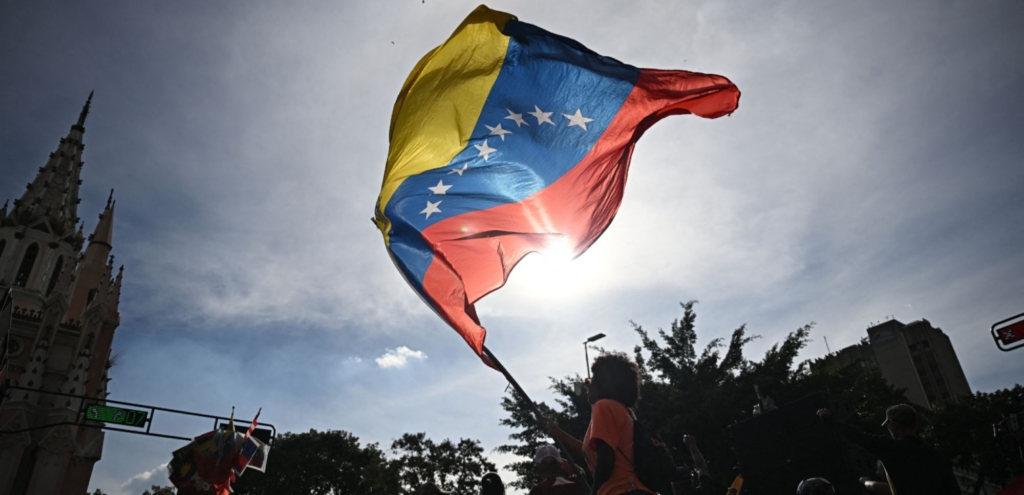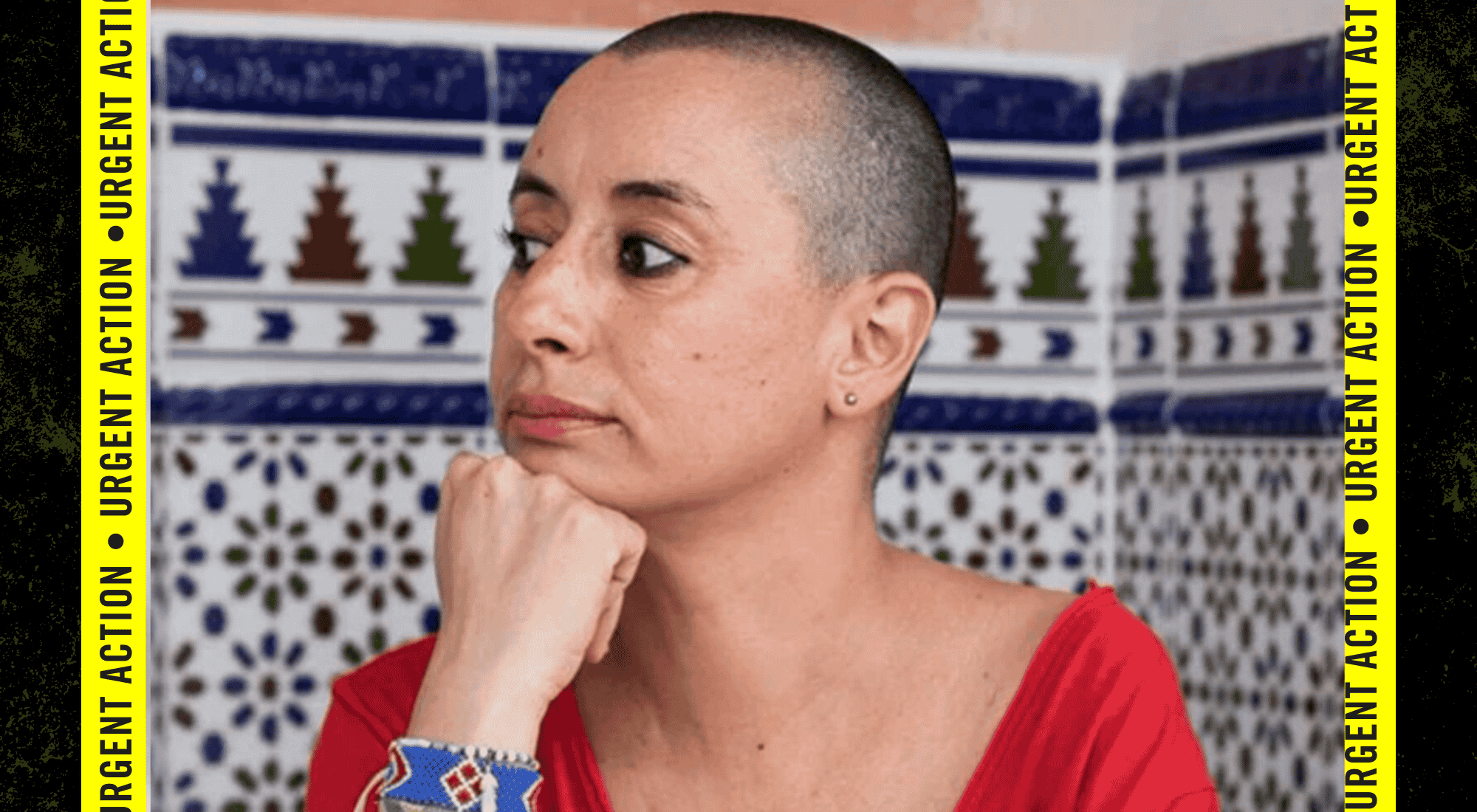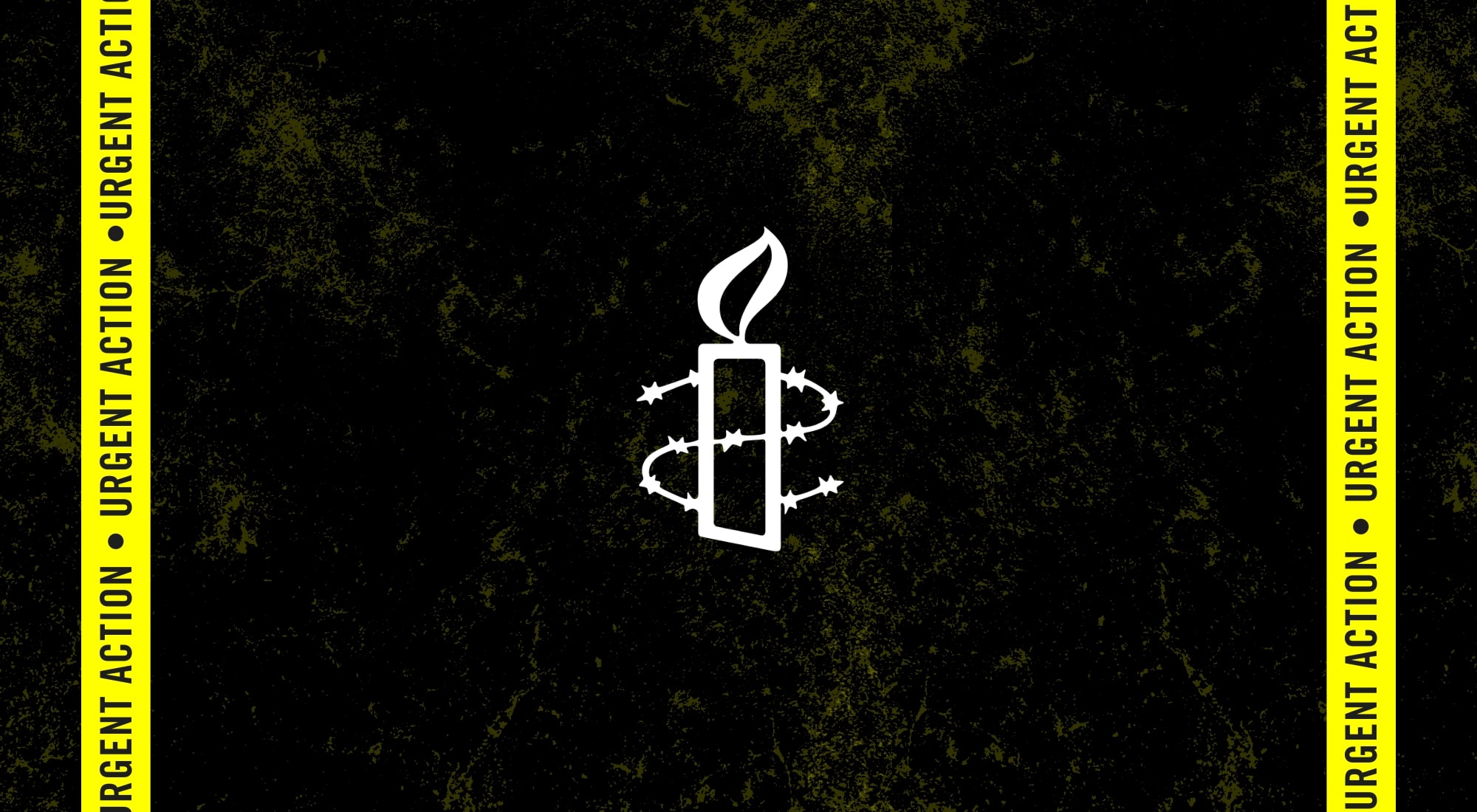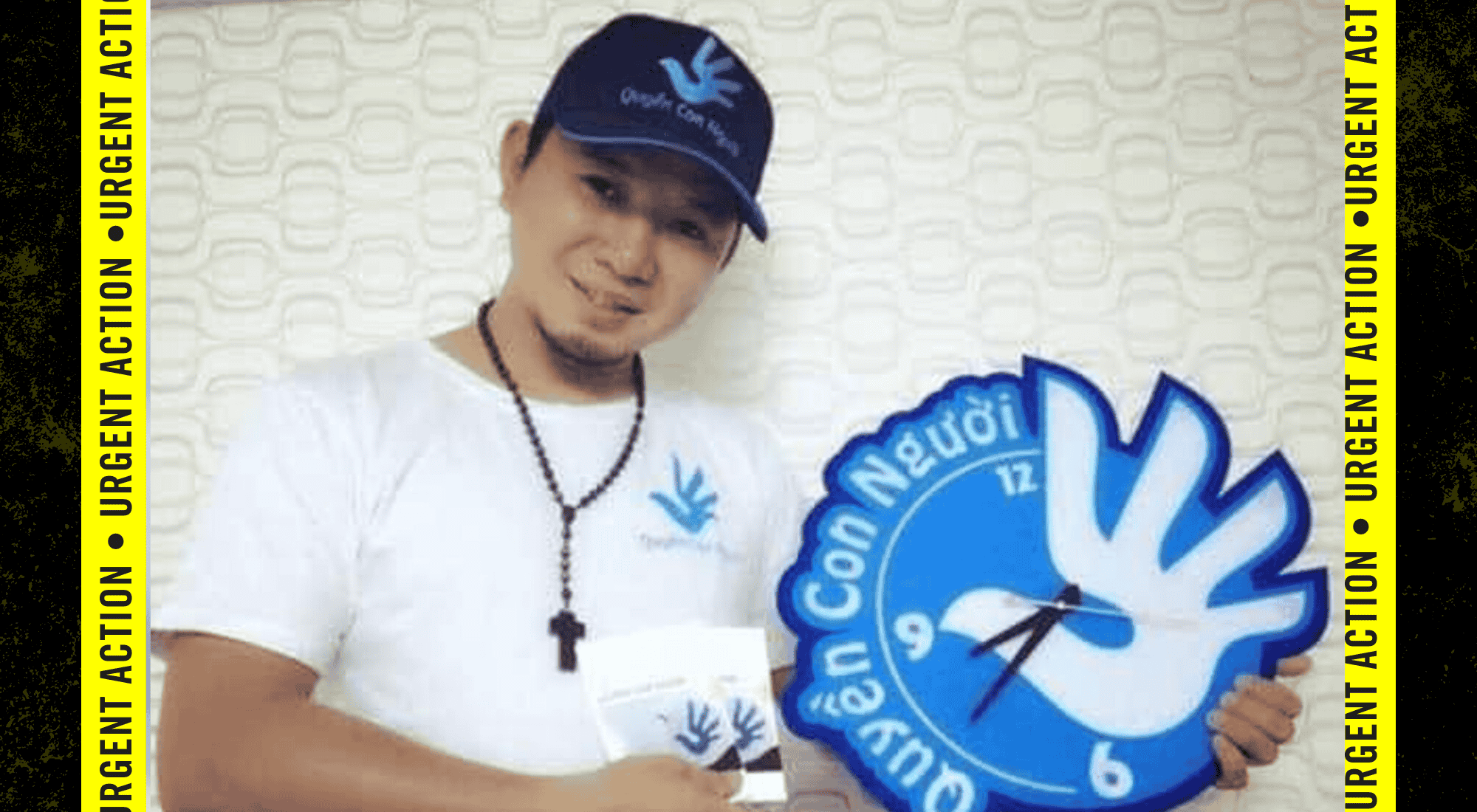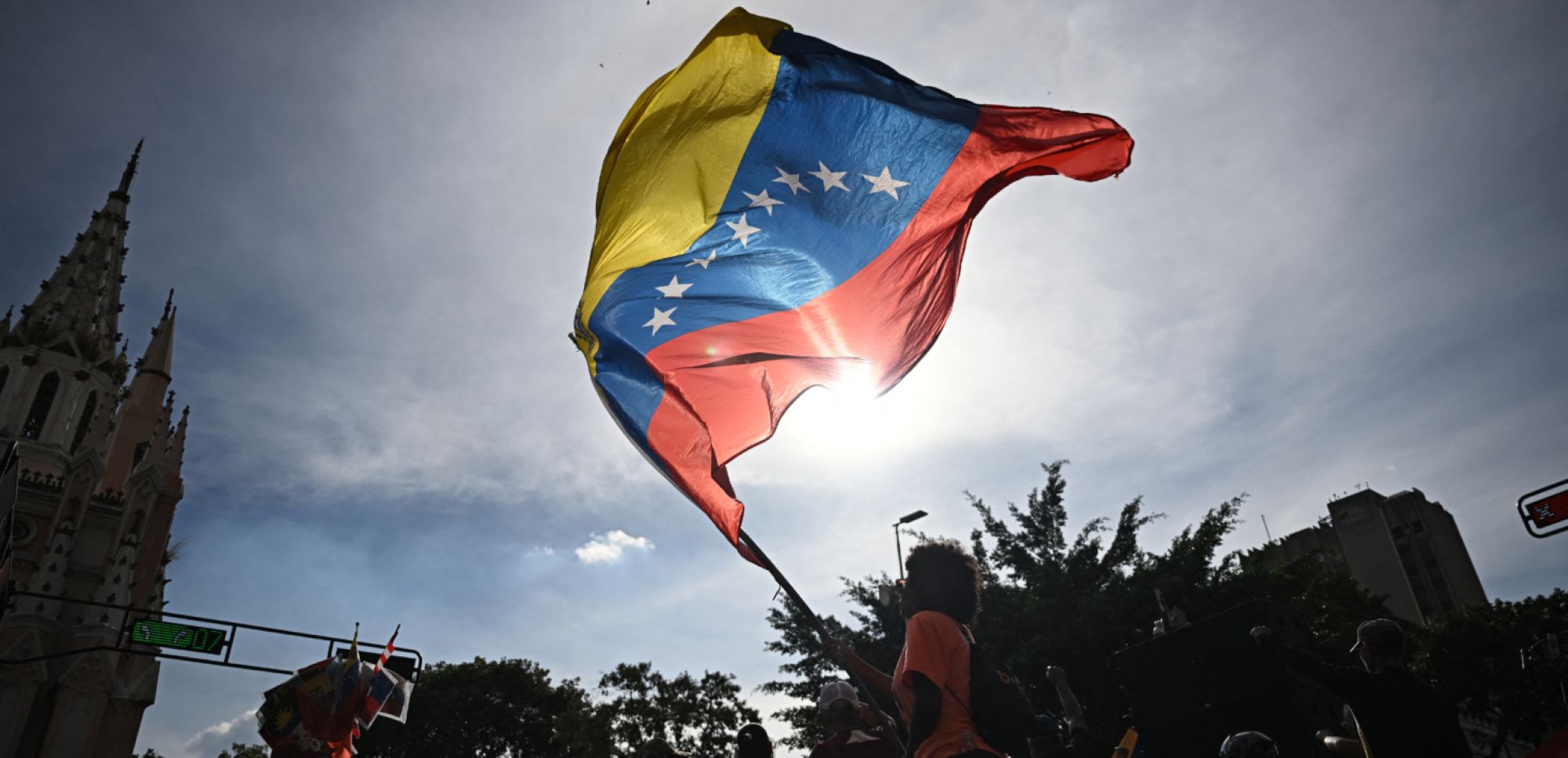Benjamin Vandorpe (they/them) is a Two Sprit, trans, queer Inuk based in Odawa and is the founder of the non-profit organization, JusticeTrans, whose mission is to improve access to justice for Two Spirit, trans, non-binary and gender non-conforming (2STNBGN) communities. JusticeTrans provides free legal information and education about Two Spirit, non-binary, and transgender rights across Canada, challenges transphobic policies, and advocates for community-based transformative social justice.
*Featured in this post’s header, the Progress Pride flag was developed in 2018 by non-binary American artist and designer Daniel Quasar. The flag includes black and brown stripes to represent marginalized LGBTQ2S communities of colour, along with the colours pink, light blue and white, which are used on the Transgender Pride Flag. Bridget Tolley, from Kitigan Zibi Anishinabeg First Nation in Quebec, beaded the eagle earrings featured at the bottom of the header’s graphic. She runs Families of Sisters in Spirit, a volunteer-run, grassroots initiative supporting the loved ones of missing and murdered Indigenous women, girls, and Two Spirit people across Canada.
June is both Indigenous History Month and Pride Month; two deeply personal aspects of my life. As a Two-Spirit (2S) mixed Inuk, this month is of particular importance to me. At any time of year these elements of my identity influence every aspect of my life, but this month they are highlighted. The ways in which they are rooted in difference, but also the ways in which they intersect; how they collide, meld, and dance with each other. How they invite me to walk between worlds; to code switch; to evaluate safety through different lenses, perspectives, and experiences; and how they help me empathize with others’ experiences. It was these experiences that led me to create JusticeTrans.
Access to justice for the 2S, Trans, Non-Binary and Gender Non-Conforming (2STNBGN) communities in so-called Canada is deeply important, and JusticeTrans’ first major project was creating a website and mobile phone application that collated legal information in one place. The designs were user-friendly and helped to increase access to justice for 2STNBGN communities. JusticeTrans was the first national 2STNBGN-specific organization to do this, and remains the only one to do so at the national level.
Since then, JusticeTrans has expanded immensely, most recently having conducted a Canada-wide study on 2STNBGN access to justice experiences, specifically from those who have shared identities on the basis of race, Indigeneity, disability, migrant or refugee status, or precarious employment. Legal education is one of the most pressing needs for these communities, and JusticeTrans provides Canada-wide rights-based information and shares legal resources on issues such as arrest/detention, citizenship, and family law, which are areas that can be difficult for 2STNBGN individuals to navigate on their own, and even more so with other intersectional identities at play.
Other primary concerns identified by the 2STNBGN community includes targeted harassment and discrimination, whether based on their 2STNBGN identity or within the context of another cultural identity. This added distinction in targeted harassment reflects another area where the focus on intersectionality becomes so important. If we are not operating from an intersectional lens, then who are we serving? The importance of including Black, Indigenous, racialized, people with disabilities, and other historically and presently excluded voices in our conversations and research cannot be overstated. The root of what is highlights is the need for representation and equity practices in all areas.
For JusticeTrans, this is responsibly considered across the range of legal resources/education provided including whether they are even reasonably accessible to community members, especially those with multiple intersections within their identity. For example, from a geographical perspective, would a person living in a rural or Northern area have the same access to justice as a person living in an urban area? From a socio-political lens, if this personal was visibly 2STNBGN and Black, Indigenous, or racialized, would they have the same access to justice in either location as someone who is white and cis-passing? These questions are multi-faceted, and the answers about who has greater access to justice are rooted in Canada’s colonial history and present-day narratives about who and what is accepted within our social, political, and legal structures.
When we consider access to justice outside of the Western legal systems, I think about healing circles, transformative justice, abolitionist frameworks, and community care. I think about traditional teachings, reclamation of culture and language, and the freedom to safely exist in the world.
In addition to legal education, JusticeTrans undertakes advocacy work at the federal level. JusticeTrans has advocated for the inclusion of gender identity and gender expression under the Canadian Charter of Rights and Freedoms, which was included in 2017. It has worked alongside other organizations to support the passage of Bill C-6, which seeks to ban conversion therapy practices; legislation in support of the Bill was introduced in November 2021. JusticeTrans also partnered with numerous organizations to host national debates on 2SLGBTQ+ issues for the 2021 federal election and helped draft an open letter detailing key priorities for our communities.
While this work is important, it is equally important to consider what is meant by access to justice; how is it being defined? Access to justice does not only apply to the Western legal system; it means beyond the Western legal system as well. Justice spans also to healthcare, housing, personal safety, food security, and community (non-inclusive). When we consider access to justice outside of the Western legal systems, I think about healing circles, transformative justice, abolitionist frameworks, and community care. I think about traditional teachings, reclamation of culture and language, and the freedom to safely exist in the world.
What does this look like in practice? Transformative justice seeks to respond to violence without engaging in or creating more violence; there is also room within this system for harm reduction, in which case it seeks to lessen violence. In practice, this might be a safe injection site or having a team of healthcare workers respond to a mental health crisis/wellness check, rather than involving the police or other law enforcement. These are also intertwined with community care. Community care is any care provided by a person for the benefit of others within the community. It removes the onus off the individual to be self-reliant and solely independent and emphasizes our interconnectedness. It can look like a neighbour picking up your groceries, participating in a protest, or other acts of interpersonal kindness and compassion.
These questions are multi-faceted, and the answers about who has greater access to justice are rooted in Canada’s colonial history and present-day narratives about who and what is accepted within our social, political, and legal structures.
As someone walking between multiple worlds, I am acutely aware of the dangers of making use of Western legal structures. For example, the RCMP were founded to “bring law and order” to the West, to enforce the Indian Act, to forcibly remove Indigenous children from their homes and communities and place them in Residential schools. Residential schools were designed to “kill the Indian in the child,” and strip away from them their language and culture, including the recognition and existence of 2S community members. It was and is an ongoing act of genocide against Indigenous Peoples. It is a clear example of how multiple and intersecting identities were stripped from individuals and communities, in favour of what colonial settlers deemed “normal” and “acceptable.” This approach continues today, contributing to intergenerational trauma; this is one of many reasons why alternatives to the Western legal system are necessary when considering access to justice and ensuring freedoms for 2STNBGN people.
Benjamin Vandorpe is the Founder of JusticeTrans. They currently work for Inuit Tapiriit Kanatami and live on the unceded, unsurrendered territory of the Anishnaabe Algonquin People.
Guest Essay Series
The final essay in our Pride and Indigenous History Month series will be posted on June 29, 2022.
To read the other essays in this series:
June 8 | LGBTQI+ Afghans Need a Safe Way Out by Kimahli Powell, Executive Director, Rainbow Railroad.
June 15 | Indigenous Women, Girls and Gender-Diverse People Are Humans With Rights by Lynne Groulx, CEO, Native Women’s Association of Canada.
June 21 | Epimotew Tastawayik Niso Askiya – Walking in Two Worlds by Rachel Wuttunee.
June 21 | Industry, Police, and MMIWG2S in Wet’suwet’en Yintah by Jennifer Wickham.
June 29 | Queer/Muslim/Canadian by Momin Rahman.
















